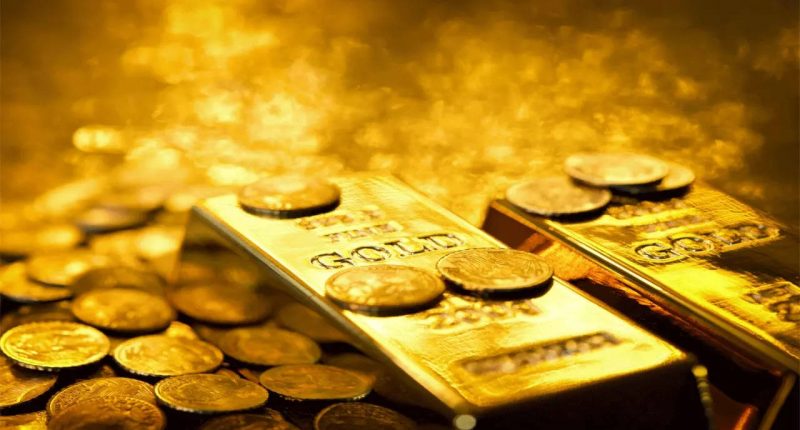Investments in the yellow metal will reach their peak as festivities approach. Today, apart from purchasing physical gold, alternatives exist for investors in the form of digital gold and gold exchange-traded funds (ETFs).
With an amount of as low as Re 1, investment in digital gold can be initiated by creating an account with the seller. Payments can be made through various digital payment applications. Once the sale is completed, the seller safeguards the gold for the buyer in a secured vault.
On the other hand, gold exchange-traded funds (ETFs) invest in gold bullion which is held in electronic form as mutual fund units that are stored in a dematerialised (demat) account. This can be listed and traded on the stock exchange similar to shares.
An investor in gold ETFs has the option to invest through systematic investment plans (SIPs) or opt for lump sum investment. One gram of gold represents one unit of the Gold ETF. Gold ETFs are influenced by the domestic price of physical gold.
Income gained from gold ETFs is regarded as long-term capital gain (LTCG) if held for more than 36 months. However, at the time of redemption, an investor receives the cash equivalent, not physical gold.
While digital gold attracts a one-time levy of 3% Goods and Services Tax (GST), gold ETFs require payment of recurring annual charges of about 0.5-1%.
Both digital gold and gold ETFs can be chosen as an investment tool for diversifying one’s portfolio. However, before making any investment one should exercise caution. For example, digital gold investment is unregularised in India.

Rajiv is an independent editorial consultant for the last decade. Prior to this, he worked as a full-time journalist associated with various prominent print media houses. In his spare time, he loves to paint on canvas.





